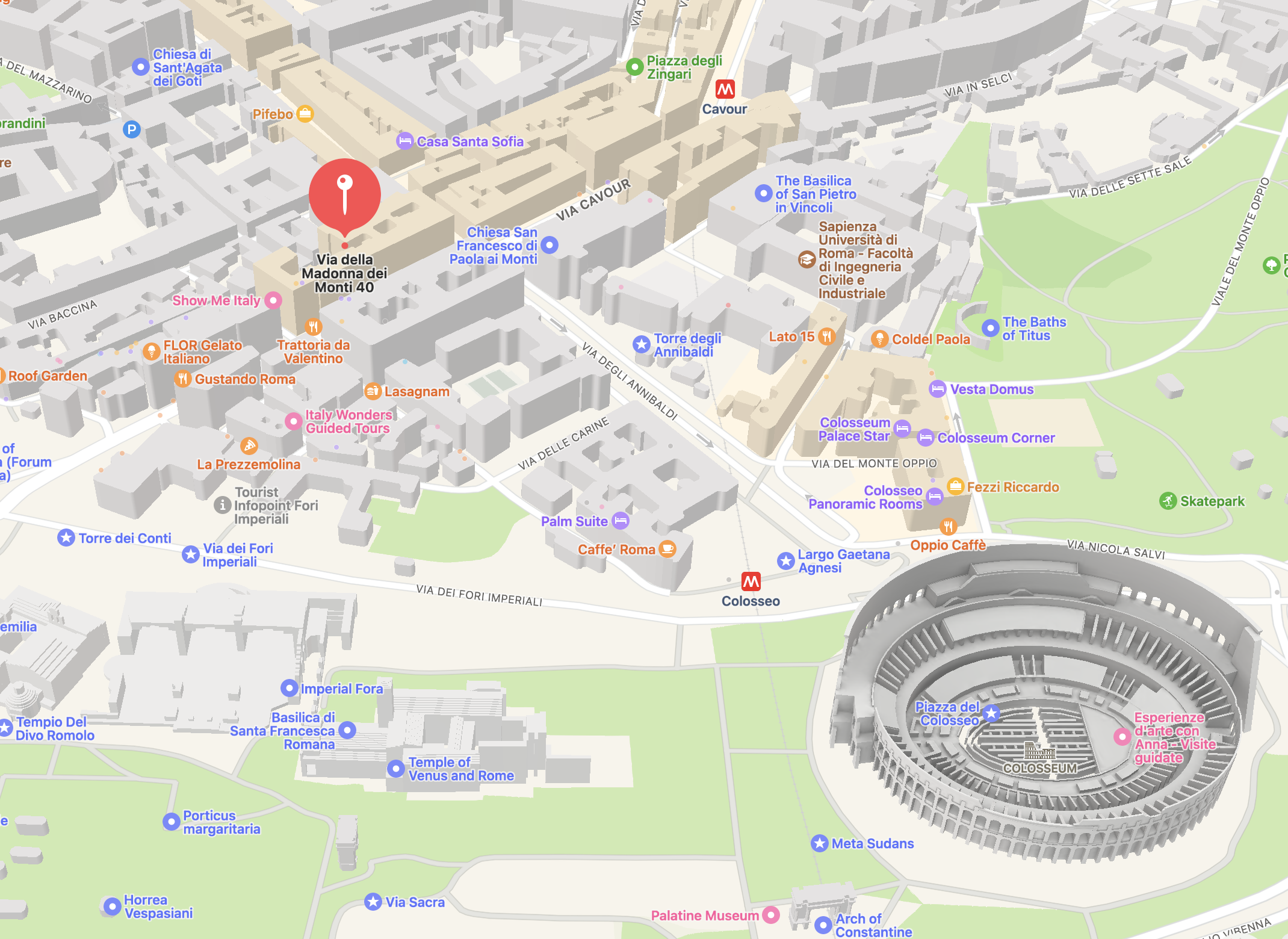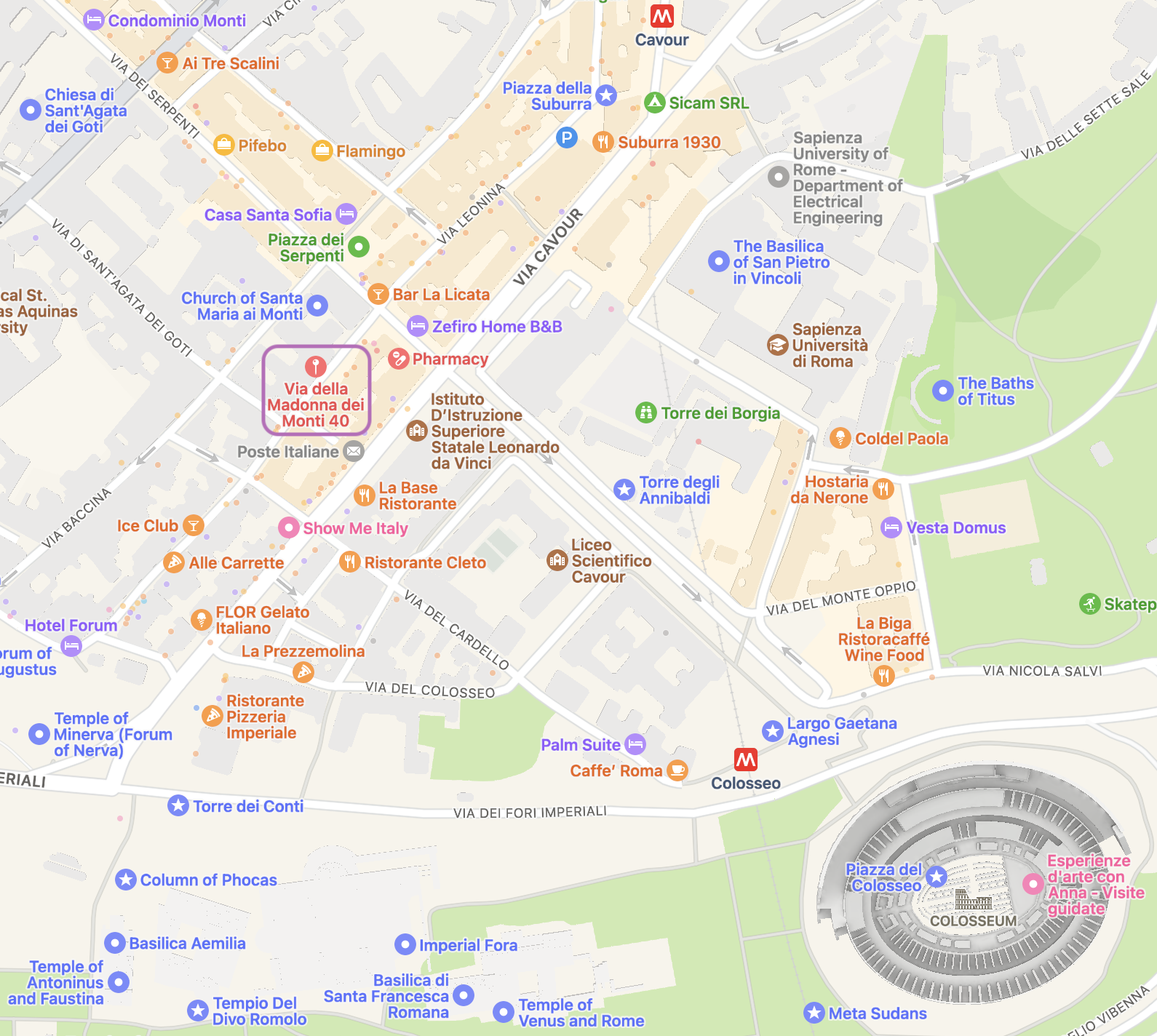Ab initio many-body perturbation theory:
from equilibrium to time-resolved spectroscopies and nonlinear optics
[00] Overview
[02] Programme
[02.01] DAY 1
[02.02] DAY 2
[02.03] DAY 3
[02.04] DAY 4
[02.05] DAY 5
[03] Practical Info
Poster
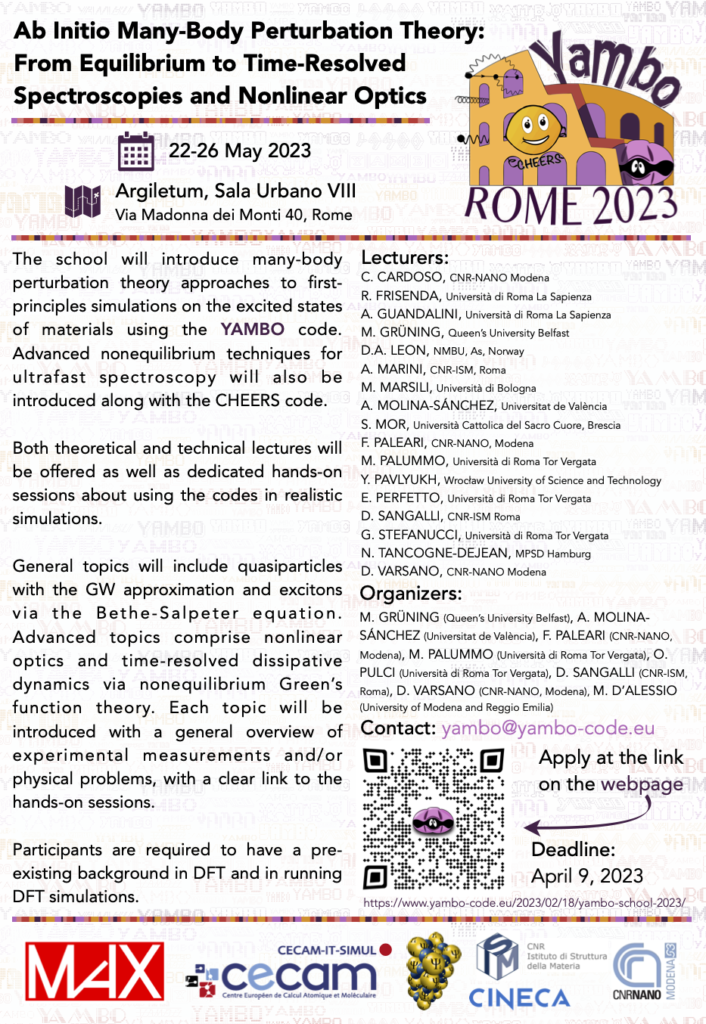
Group photo
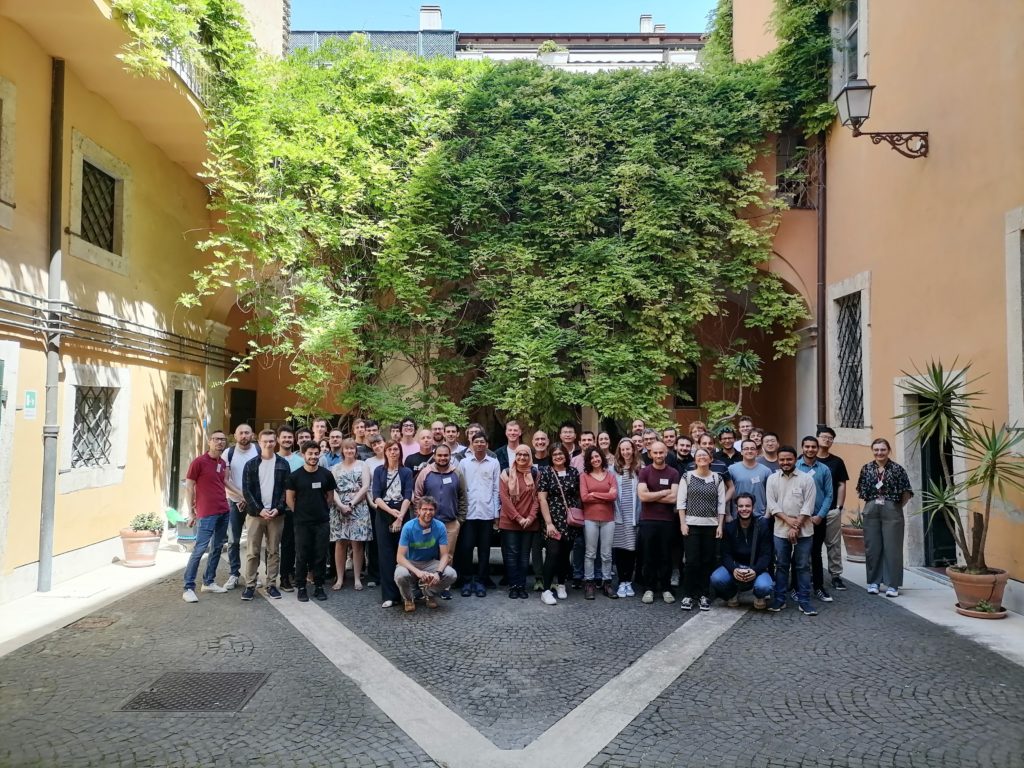
May 22-26 2023
Argiletum, Sala Urbano VIII
Via Madonna dei Monti 40
Rome, Italy
yambo@yambo-code.eu
[00] Overview
The aim of this school is to equip students with the essential knowledge, practical skills and computational tools needed to tackle today’s novel and challenging problems in materials science and non-equilibrium physics. We will introduce students to many-body perturbation theory (MBPT) approaches, including advanced concepts, for modelling non-equilibrium phenomena from first principles. We will also discuss how model systems can help overcome some of the limitations of fully ab initio schemes.
The school features theoretical and technical lectures in the morning, followed by hands-on in the afternoon. Distinguished scientists and emerging young researchers in the field of condensed matter and non-equilibrium physics will provide the theoretical background and technical lectures. Each topic will be introduced with a general overview of experimental measurements and/or physical problems, with emphasis on the connection to the simulations performed by the students in the hands-on sessions, which will be led by the main developers of the codes YAMBO[1] and CHEERS[2].
The main topics covered include the GW approximation for quasiparticle corrections and the Bethe-Salpeter Equation (BSE) for excitons, with a focus on recent developments in the YAMBO code. Furthermore, we will introduce the specific usage of the code in massively parallel environments equipped with modern accelerated video cards (GPUs).Then, students will be introduced to nonequilibrium Green’s function theory (NEGF), with theoretical lectures covering modern pump-and-probe experiments based on ultra-short laser pulses as well as nonlinear optical properties. Recent developments in the YAMBO code to capture the physics of nonequilibrium quasiparticles, excitonic energies and the simulation of time-resolved ARPES spectroscopy will be discussed. Finally, students will be guided through the main concepts needed to treat dynamical self-energies within NEGF in order to address dissipative mechanisms and carrier (exciton) dynamics, with hands-on on the usage of the linear scaling implementation available in the CHEERS code.
YAMBO is a flagship code of the MaX Centre of Excellence and of the recently established ICSC PNRR Italian National Centre for HPC, Big Data and Quantum Computing.
CHEERS is a simulation tool for correlated hole-electron evolution from real-time simulations developed at the University of Rome Tor Vergata.
Applicants are required to have a background in DFT and in running DFT simulations.
There is no registration fee and we encourage applications from female scientists.
PLEASE NOTE THAT ATTENDEES WILL BE RESPONSIBLE FOR THEIR OWN TRAVEL AND ACCOMMODATION EXPENSES.
Participants will have the opportunity to present a poster and discuss their results in a dedicated session.
[1]
Marini, A., Hogan, C., Grüning, M. and Varsano, D., Computer Physics Communications, 180, 1392 (2009);
C. Attaccalite, M. Gruning, and A. Marini, Phys. Rev. B 84, 245110 (2011);
C. Attaccalite, and M. Grüning, Phys. Rev. B 88, 235113 (2013);
D. Sangalli, et al. Journal of Physics: Condensed Matter 31.32, 325902 (2019);
A. Guandalini, P. D’Amico, A. Ferretti, and D. Varsano, npj Comput. Mater. 9, 44 (2023);
[2]
E. Perfetto and G. Stefanucci, J. Phys.: Condens. Matter 30 465901 (2018);
Y. Pavlyukh, E. Perfetto, Daniel Karlsson, Robert van Leeuwen, and G. Stefanucci Phys. Rev. B 105, 125134 (2022);
Y. Pavlyukh, E. Perfetto, Daniel Karlsson, Robert van Leeuwen, and G. Stefanucci Phys. Rev. B 105, 125135 (2022)
scientific committee
Daniele Varsano (CNR-NANO Modena), Myrta Grüning (Queen’s University Belfast), Maurizia Palummo (University of Rome Tor Vergata), Davide Sangalli (CNR-ISM Rome), Fulvio Paleari (CNR-NANO Modena), Alejandro Molina-Sánchez (University Of Valencia)
organizing committee
Daniele Varsano (CNR-NANO Modena), Maurizia Palummo (University of Rome Tor Vergata), Davide Sangalli (CNR-ISM Rome), Olivia Pulci (University of Rome Tor Vergata), Matteo D’Alessio (University of Modena and Reggio Emilia), Maria Bartolacelli (CNR-NANO Modena), Susanna Cavicchioli (CNR-NANO Modena)
sponsors
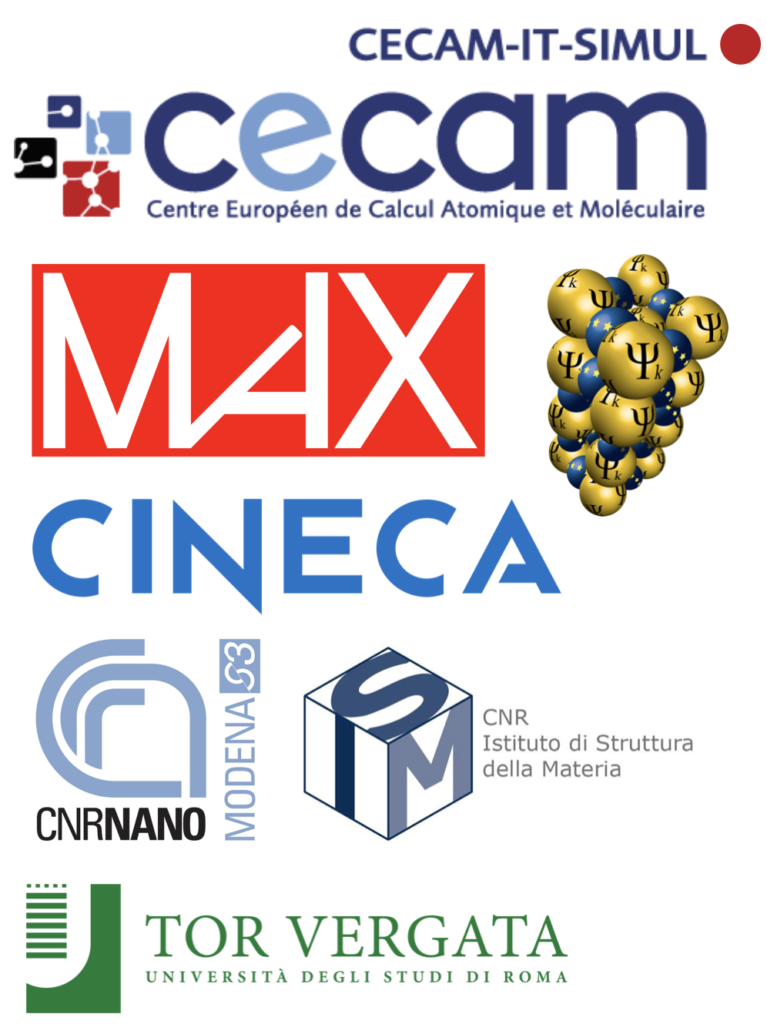
[02] Programme
[02.01] DAY 1 – Monday, May 22
13:00 – 14:00
Registrations
14:00 – 14:15
14:15 – 15:00
15:00 – 15:45
15:45 – 16:15
Coffee break
16:15 – 18:30
Hands-on: Basic & YAMBOPY
19:30
Get together
[02.02] DAY 2 – Tuesday, May 23
09:15 – 10:00
10:00 – 10:45
10:45 – 11:15
Coffee break
12:00 – 12:30
12:30 – 13:00
13:00 – 14:00
Lunch break
14:00 – 16:30
Hands-on: GW
16:30 – 17:00
Break
17:00 – 18:30
Hands-on: parallel GW
[02.03] DAY 3 – Wednesday, May 24
09:15 – 10:00
10:00 – 10:45
10:45 – 11:15
Coffee break
11:15 – 12:00
12:45 – 14:00
Lunch break
14:00 – 16:30
Hands-on: BSE
16:30 – 17:00
Break
17:00 – 18:30
Hands-on: TD-HSEX
20:00
Social dinner
[02.04] DAY 4 – Thursday, May 25
09:15 – 10:00
10:00 – 10:45
10:45 – 11:15
Coffee break
11:15 – 12:00
12:00 – 12:45
12:45 – 14:00
Lunch break
14:00 – 16:30
Hands-on: non-linear optics
16:30 – 17:00
Break
17:00 – 18:30
Hands-on: NEGF (I)
[02.05] DAY 5 – Friday, May 26
09:15 – 11:15
Hands-on: NEGF (II)
11:15 – 11:45
Coffee break
11:45 – 12:45
Poster session
12:45 – 14:00
Lunch break
14:00 – 15:30
Help desk, Prize Awards & final remarks
[03] Practical Info
[03.01] Venue
The school will be held at Argiletum Palace, Via Madonna dei Monti 40, in the Monti neighbourhood. The Monti neighbourhood is located in the historic center of Rome. It is known for its charming, narrow streets lined with small shops, boutiques, and restaurants. The area is home to several landmarks, including the Roman Forum, the Colosseum, and the Basilica di San Giovanni in Laterano, which is one of the oldest and most important churches in Rome. The Monti neighbourhood also has a vibrant nightlife scene, with many bars and pubs catering to locals and tourists alike.
Nearby Metro stations: Line B, Cavour and Colosseo

